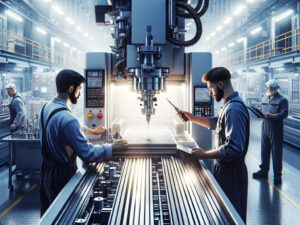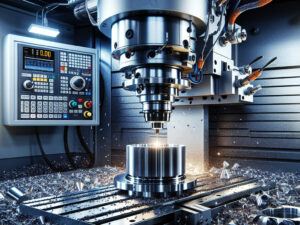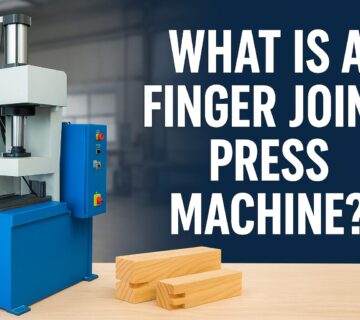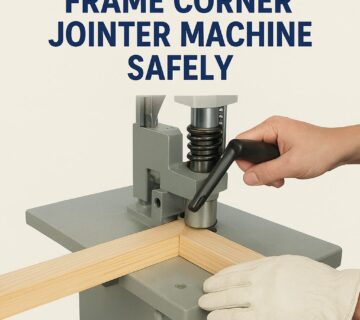CNC Machining – What is it?
CNC machining is an automated manufacturing process that creates precise cuts, milling, turning, and engraving. It is much faster, cheaper and more reliable than manual machining. You’re about to learn what all this could mean for you and your production needs.
Machining
First, you may benefit from understanding the machining process. Imagine yourself designing something by chipping pieces away from a larger item. Maybe you’re carving a wooden log to make a canoe, or sculpting a face out of marble.
Simply put, machining is when you make a desired shape out of something by cutting, shaving or carving away at it. It is a manufacturing term and is commonly thought to involve just metal. In truth, a wide range of materials can undergo machining, including plastic, wood or stone.

CNC Machining
The “CNC” in CNC machining means “Computer Numerical Control”. That is because computerized tools are used during the process. Unlike with manual machining, this exposes you to a wide range of advantages.
When machining is done manually, production mistakes are more likely to happen. With CNC machining, you simply set up a computerized tool once. A final product can then be made at a fraction of the speed. You can even repeat the process at the same speed and with the exact same accuracy.
● Higher quality is CNC machining’s best assurance.
● You can make more components more efficiently.
● The risk of human error is reduced to a minimum.
● Manual adjustments do not affect the consistency of the final design.
How does CNC Machining Work?
You now understand that CNC machining is a high-precision carving process in manufacturing. You also know that It turns digital designs into final products or parts. However, you may at this point be curious about the exact step-by-step process. How does it work?
1. Get Started with CAD Software.
You begin your CNC machining process by designing a digital 3D model. You achieve this by using computer-aided design (CAD) software. The likes of Fusion 360, SolidWorks and AutoCAD are all industry favorites. CAD software lets you draft virtual blueprints that define every dimension of the item you want.
“Grand View Research” is a trusted source and authority in the manufacturing space. In 2023 it reported the CAD software market growing globally by 7.5% year-on-year. The widening use of CNC processes has a lot to do with that. This has also encouraged competition and innovation among the makers of CAD software.
2. Turn Your CAD to CAM.
Now that you’ve completed your final design using CAD, a virtual draft is available with all its intricate measurements and details. Your CAD design is then processed using computer-aided manufacturing (CAM) software. CAM software converts your CAD design to G-code – the programming language used by CNC machines.
G-code can house precise command prompts down to the exact speed of the spindle during certain parts of the machining process. MIT’s Machine Shop reports that 30% of total production time can me reduced through well-optimized CAM software.
3. Set Your CNC Machine and Process
Once you’ve successfully loaded your G-code onto the C.N.C. Router & Laser Machine, the machine’s computer reads the instructions. It can now command the blade or edging tool precisely down a preset path. The best machines assure tolerances as accurate as 0.001 inches – thinner than hair.
4. Automate for Precision.
It’s incredible how efficiency can be derived through automation. NASA says its CNC machined parts arrive with 99.8% fewer errors. That’s because when you take away the chance of human error, manual machining can’t compete with CNC machining.
CNC machining is an automated process. This means your desired components are made accurately, arrive faster and can be remade over and over again. Using CNC machining, you can scale up fast or slow down production. It is the backbone of car, medical, engineering, and aerospace industries.
Now you know how CNC machining works. Let’s look at its key advantages and why so many industries rely on it.
Advantages of CNC Machining?

You already know at this point that CNC processes produce consistent, high-quality parts. Have a look at the following five fact-based advantages of using CNC machining in your own production process.
1. You Secure Precision
The level of accuracy you can achieve with CNC machining can be as close as 0.001 inches. That’s a figure so trustworthy, even NASA uses CNC processes. The aerospace giant makes many of its rocket parts and finishes this way.
Many of the common medical tools you can think of are made using CNC machining. Think of a scalpel or prosthetic, or even a stethoscope. All of these undergo some form of machining in their making, and its rarely done by hand.
There’s also car makers, engineers, aero plane makers and more. These are big and important industries that rely of consistent precision to get things done. You’ll have a hard time finding industries where CNC machining is not used.
2. You Save Yourself Time
Adopting CNC processes lets you increase production rates. In 2022, the Journal of Manufacturing Systems reported that CNC machining can cut waiting times by half. Machines can operate at all hours of the day without stopping. This means your parts get made faster without the break times associated with manual work.
You can turn a week- or month-long order to one that takes just hours or days. In turn, you get to have your products onto the market faster than your competition.
3. You Save Costs
CNC machining lets you save on production costs. It can even lead to boosting your sales.
Using CNC processes allows you to save on manual labor costs. Beyond this, you can spread the cost of adoption across countless components. That is because CNC machining can produce a large variety of components and end products. While possible, it’s rare to find CNC being commissioned for single use.
4. You Can Machine Many Materials
You’d be misled to think machining is only a metal process. While is it true that you can machine metals from aluminum to titanium, plastic, wood and stone can undergo CNC machining.
And you certainly won’t be limited by the number of items you can produce. Better still, your material choices can be changed with minimal disruptions to the manufacturing process.
5. You Can Scale Your Business
At first, you may find yourself working with about 20 or so parts. There may be long waiting periods between ordering them and when they arrive. With CNC machining, your production can scale up exponentially in a matter of months.
Not only are lead times reduced, but design changes can be implemented quickly, too. This can be done without the need to train staff on new designs. You simply update the digital design and you’re good to go. All this equal minimal manpower cost and increased production
CNC machining offers clear advantages for growing production. You may be experimenting on a new prototype. You may be confident enough to ramp up your existing production. Regardless, scaling your business through CNC machining secures accuracy, control and cost savings.
You’ve now learned exactly how CNC machining gives you precision, speed, and cost savings. You also know it works with multiple materials and scales with your business. These advantages make CNC essential for modern manufacturing.
Disadvantages of CNC Machining?
The advantages of CNC machining are needless to say, but you can’t turn a blind eye to its drawbacks. Below STYLECNC will explain its main disadvantages in detail.
1. High Initial Cost
CNC machines (such as CNC milling machines, CNC lathes, CNC routers, 5-axis CNC machines) require a large upfront investment.
Setup and tooling costs: Custom fixtures, cutting tools, and programming can increase costs, especially in the case of small batches.
2. Skilled Operation Required
Although CNC reduces manual labor, it still requires skilled technicians (operators and programmers) for programming, setup, and maintenance.
Training costs: Operators need special training before they can take up their posts, which increases labor costs.
3. Material Waste
Subtractive manufacturing: CNC machining removes material, resulting in more waste compared to additive manufacturing (such as 3D printing).
Higher cost of expensive materials: Wasting materials such as titanium or Inconel can be costly.
4. Special Design Limitations
Although CNC can produce complex parts, some special designs (such as internal grids, chamfers) are difficult to achieve unless there is a multi-axis CNC machine.
Complex shapes are more expensive: Five-axis CNC machining can reduce limitations, but it will also increase investment costs.
5. Large Part Machining Limitations
The limited size of the CNC machining table precludes them from participating in certain large projects, requiring alternative machining methods.
6. Maintenance and Downtime
CNC machine tools require regular maintenance including lubrication, calibration and replacement of parts (e.g. spindles, ball screws).
Downtime failures may cause the production line to be interrupted or stopped.
7. Slow Mass Production
When it comes to very large batches (e.g. millions of parts), processes such as injection molding, stamping or die casting are more cost-effective.
8. Surface Finish Limitations
Achieving an ultra-smooth surface typically requires additional secondary operations such as polishing and grinding.

